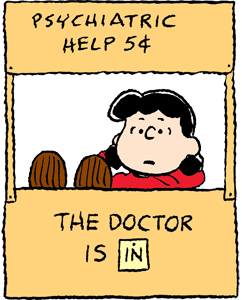We can analyze Kane’s illness through her very personal writing.
The play’s name is 4.48 Psychosis because, according to her friend David Grieg, 4:48 AM was the time that Kane often woke up with her most depressive symptoms.
Page 7 says, “At 4.48 when depression visits, I shall hang myself to the sound of my lover’s breathing.”
“I would rather have lost my legs pulled out my teeth gouged out my eyeballs than lost my love” (Kane 21).
Toward the end of the play, we hear Kane in a less depressed state, nearing hope. She speaks in fragments. “To overcome weakness” “to belong” “to be accepted” to draw close and enjoyably reciprocate with another” (Kane 24).
These desires are understood even by people without mental illness. Therefore, by analyzing Kane’s work, we can humanize her illness and bring it out of the illusion and stigma. We realize that Kane’s emotions are purely human and mental illness can be understood.


In my research, I learned that the way to de-stigmatize mental illness is to address it openly, like how Kane’s play allows us to do. Art is an affective way to bring it into conversation, because it allows interpretation rather than bias.
“What I can do is put people through an intense experience. Maybe in a small way from that you can change things” -Sarah Kane
Read 4.48 Psychosis here
SOURCES
Fawcett, Kirstin. “How Mental Illness Is Misrepresented in the Media.” US News. U.S.News & World Report, 16 Apr. 2015. Web. 20 Apr. 2016.
Kane, Sarah. 4.48 Psychosis. London: Methuen Drama, 2000. Print.
Labeling Mental Disorders. Digital image. Why Psychiatric Labels ARE the Problem. CCHR International, n.d. Web. 6 May 2016.
Lewis, Sarah. 4.48 Psychosis Set and Costume Design. Digital image. Sarah Lewis Designs. N.p., 10 Jan. 2013. Web. 6 May 2016.
Proctor, Rachel. “Theatre Should Educate Us about Mental Illness, Not Increase Our Paranoia.” Everything Theatre. N.p., 14 July 2013. Web. 20 Apr. 2016.
Sarah Kane. Digital image. Independent. Under the Skin, May 1998. Web. 5 May 2016.
“Schizoaffective Disorder.” Symptoms. The Mayo Clinic, Web. 20 Apr. 2016.
Schulz, Charles M. Peanuts Lucy Psychiatrist Booth. Digital image. Welcome. Fivecentsplease, Web. 6 May 2016.
Sujith. Mental Illness. Digital image. 8 Artists Who Suffered from Mental Illness. MNN, 4 Aug. 2015. Web. 6 May 2016.






